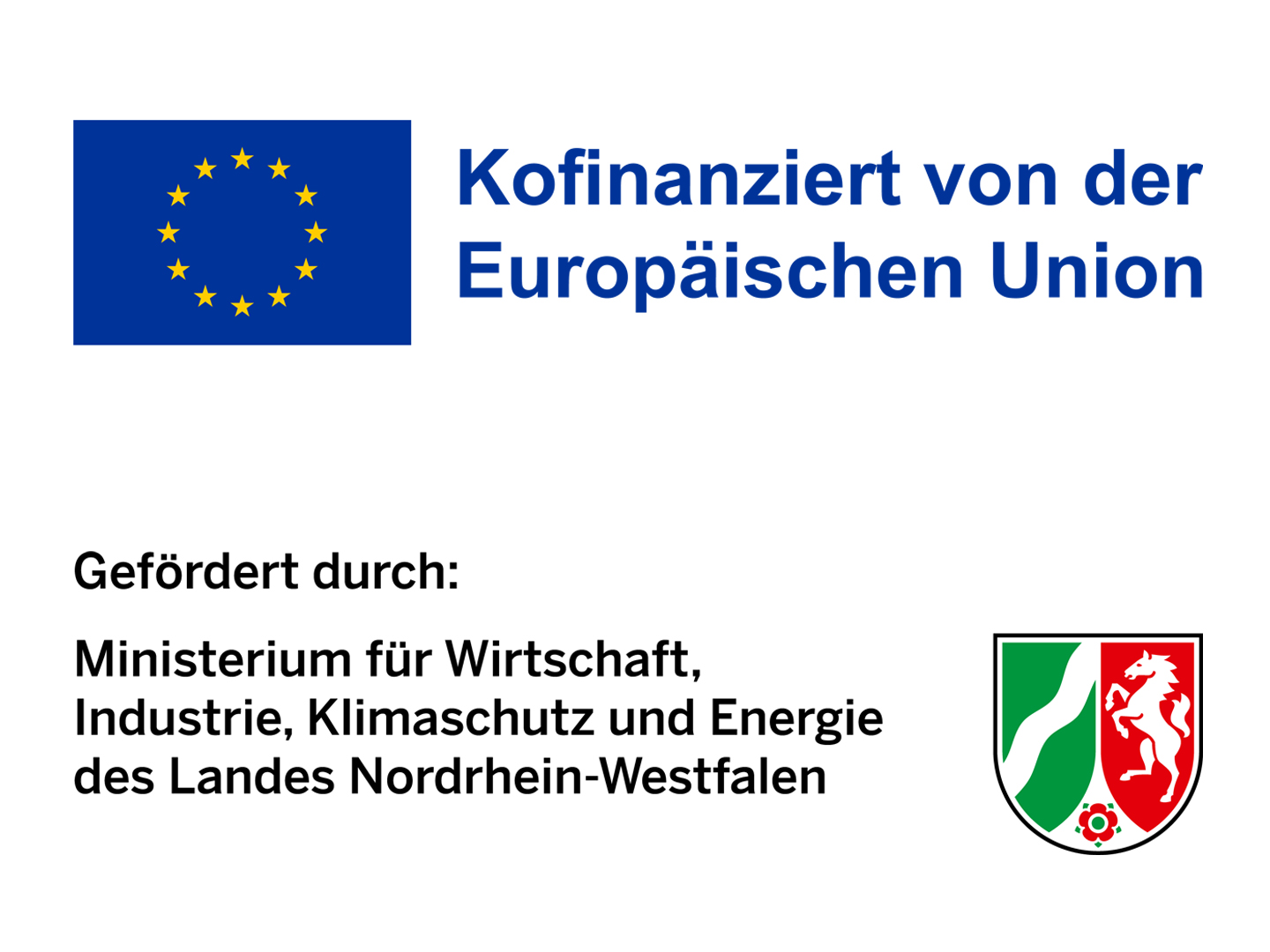Project objectives: Develop Ca-extraction technology for construction waste
The construction sector has a significant impact on society's consumption of resources and is a major source of greenhouse gas emissions. One of the main reasons for this is the energy-intensive conversion of raw materials into high-quality building materials such as cement. Carbon dioxide emissions are unavoidable during these processes. In addition, large quantities of construction waste are produced during renovation and demolition. New processes are therefore urgently needed to improve the CO2 balance and resource efficiency in the construction sector. The "CO2Cycle" project aims to use calcium from mineral waste to convert CO2 from CO2-containing process gases into easily transportable and versatile calcium carbonate (CaCO3 or Recycled-Precipitated Calcium Carbonate). The CO2Cycle approach combines the topics of CO2 capture, material CO2 utilization and upcycling of construction waste.
Extraction technology for slag transferred to construction waste
The main aim of the project is to develop and validate a process for recycling CO2 for the production of R-PCC. CO2 from wood-fired power plants, municipal solid waste incinerators and biogas production plants will be used for this purpose. The most widely used technology is gas scrubbing for the separation of CO2 from gas streams. The resulting product, R-PCC, is a valuable raw material used primarily in the paper, plastics and paint industries.
The project aims to transfer the already patented Ca extraction technology from slag (see NuKos) to construction waste, to further develop the recycling methods for the process solutions such as acetic acid and amine and to analyze the energy efficiency of the entire process. Concrete waste is a valuable source of calcium and its use as a raw material helps to conserve resources. The optimized recycling process for the reagents acetic acid and amine is also of central importance, as efficient recycling can close material cycles and this in turn maximizes the efficiency of the process.
 Fraunhofer Institute for Environmental, Safety and Energy Technology UMSICHT
Fraunhofer Institute for Environmental, Safety and Energy Technology UMSICHT